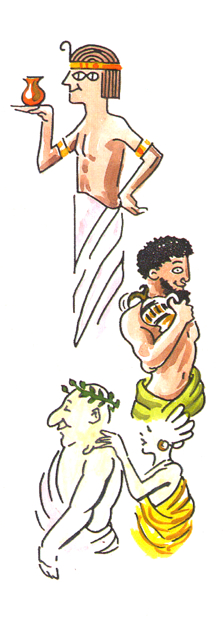Friday Facts #6 A Potted History of Emollients

The use of oils and fats in skin care is found throughout the ages and across all cultures. In Western Europe, for example, the development of emollient and moisturizer use can be traced back to the ancient Egyptians, Greeks and Romans.
The routine skin care in ancient Egypt included natural ingredients such as extracts of sesame and rice, green tea, shea butter, olive oil, and honey. In ancient Egypt there were, as now, a wide range of preparations to suit every purse: top of the range in the Tutankhamun period (14thC BC) was a concoction of "oil of bitter almonds, olive oil, cardamom, sweet rushes, honey, wine, myrrh, seed of balsam, galbanum, and turpentine. Cheaper local vegetable oils - castor oil, olive oil - served the poor, and even animal fats would do the job" (see Smith 2007 pp64-66).
The ancient Greek Hippocrates (c460-c370 BC), sometimes known as the father of modern medicine, recommended the use of olive oil in particular as a moisturizer. Lanolin was also then known as an effective emollient. Later, the Greek physician, Galen (129-c200AD, resident then in Rome) gave a recipe for an early emollient consisting of beeswax, spermaceti, almond oil, borax and rosewater.
For the ancient Romans skin care was an important branch of medicine. Crito, also a Greek, and personal physician to the Roman Emperor Trajan (AD 98-117), wrote on the care of the skin, referring to the use of emollients and moisturizers. It seems a moisturizer then wasn't all that different from today's skin care preparations: in 2004, archeologists in London found a rare Roman pot with a lid containing a whitish cream that was in good condition. It was dated to the middle of the second century AD. Chemist Richard Evershed (see Evershed et al, 2004) of the University of Bristol and his colleagues determined the cream contained refined animal fat, starch and tin oxide.
The importance of emollients and moisturisers in skin care has been recognised over the ages. The ingredients of remedies recommended in the past are familiar to modern chemists.
